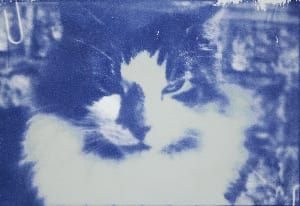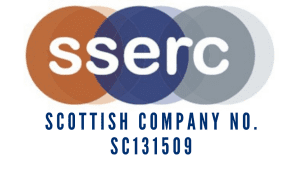 The cyanotype was one of the earliest photographic processes. Invented by William Herschel in 1842.
The cyanotype was one of the earliest photographic processes. Invented by William Herschel in 1842.
It uses iron compounds rather than silver, making it much cheaper, and the paper is exposed by uv light. As there is not much uv in normal classroom lighting and the paper is not very sensitive to light anyway, this means it can be handled in a normal classroom, as long as the light is not too bright.
The long exposure time (several minutes) also means that it is not easy for pupils to over or under expose their images greatly, so avoiding dsappointment.
The images, see right, are monochrome but in shades of blue. Early on, the process was used by architects for reproducing their drawings, which is where we get the word ‘blueprint’ from.



